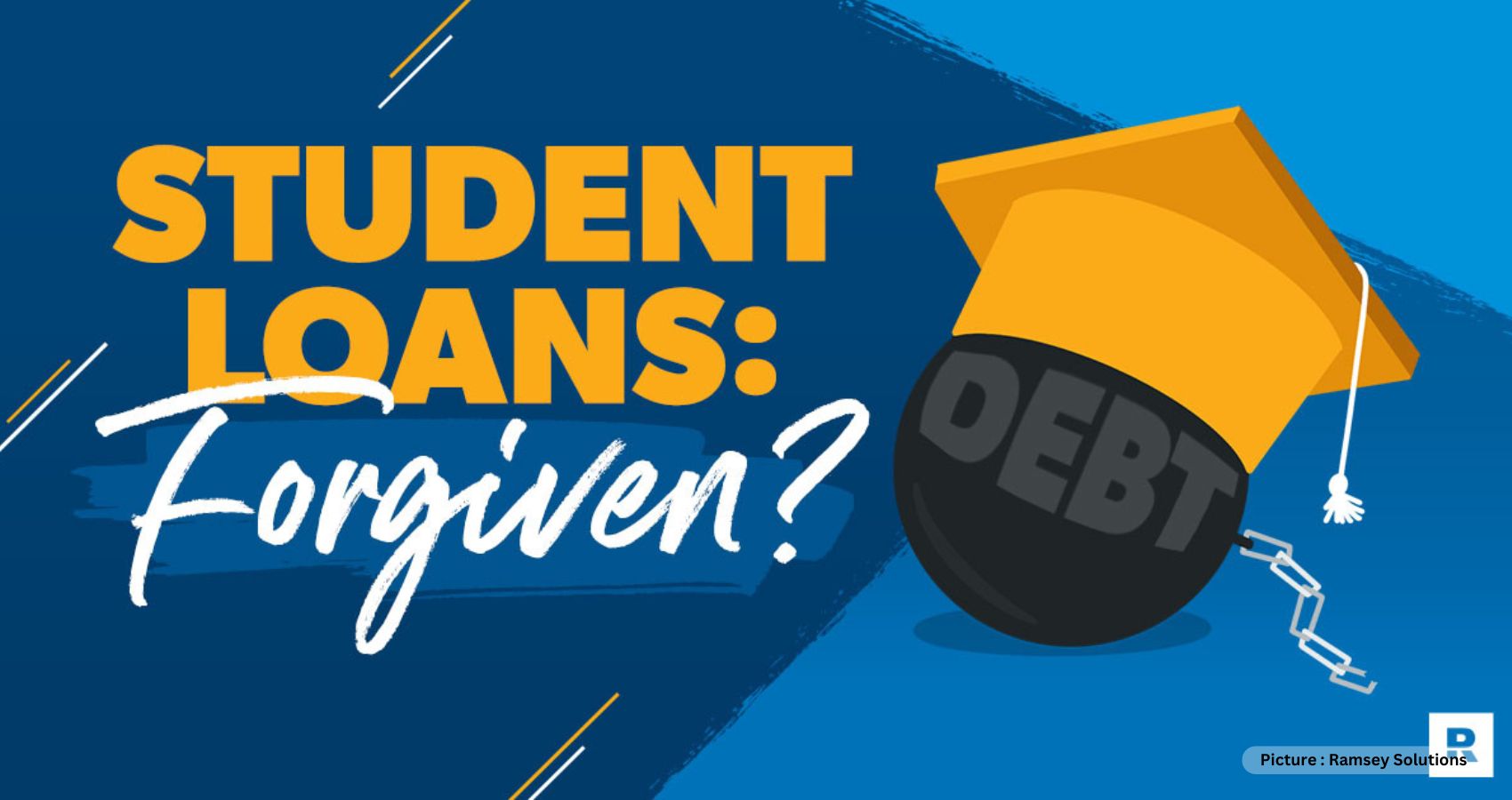Following a hiatus of over three years, federal student loan payments are set to resume in the coming months. The recent debt ceiling agreement, signed into law by President Joe Biden, includes a clause that effectively ends the suspension of federal student loan repayments and may make it more difficult for the U.S. Department of Education to prolong the pause. Consequently, around 40 million Americans carrying education debt can expect their next payment due in September.
During the pandemic, the Biden administration has been actively revamping the federal student loan system. As borrowers return to repayment, they may encounter several modifications either already implemented or in the pipeline. Here are three notable changes:
Potential lower payments due to forgiveness
In August, President Biden introduced a groundbreaking proposal to eliminate $10,000 in student debt for tens of millions of Americans, or up to $20,000 for those who received a Pell Grant during their college years. However, legal challenges led to the closure of the application portal within a month.
The Supreme Court is currently reviewing two lawsuits against the plan, with a ruling expected by the end of the month. If approved, around 14 million individuals, or one-third of federal student loan borrowers, would have their entire balances forgiven, according to higher education expert Mark Kantrowitz.
These borrowers “likely won’t have to make a student loan payment again,” he said. For those with remaining balances, the Education Department plans to “re-amortize” their debts, recalculating monthly payments based on the reduced amount and remaining repayment timeline.
A new income-driven repayment option
The Biden administration is developing a more affordable repayment plan for student loan borrowers. This new program, called the Revised Pay as You Earn Repayment Plan, would require borrowers to contribute 5% of their discretionary income toward undergraduate loans, instead of the current 10%.
According to Kantrowitz, this revamped plan could significantly reduce monthly payments for many borrowers. The payment plan is expected to become available by July 2024, but it may be implemented earlier if circumstances permit.
A new servicer handling loans
During the pandemic, several prominent federal student loan servicers, including Navient, Pennsylvania Higher Education Assistance Agency (also known as FedLoan), and Granite State, announced they would no longer manage these loans. Consequently, around 16 million borrowers will likely have a different company handling their loans when payments resume.
Kantrowitz warned that “whenever there is a change of loan servicer, there can be problems transferring borrower data.” Borrowers should be prepared for potential glitches and will receive multiple notices about the change in lender, according to Scott Buchanan, executive director of the Student Loan Servicing Alliance. If a payment is mistakenly sent to the old servicer, it should be forwarded to the new one.











